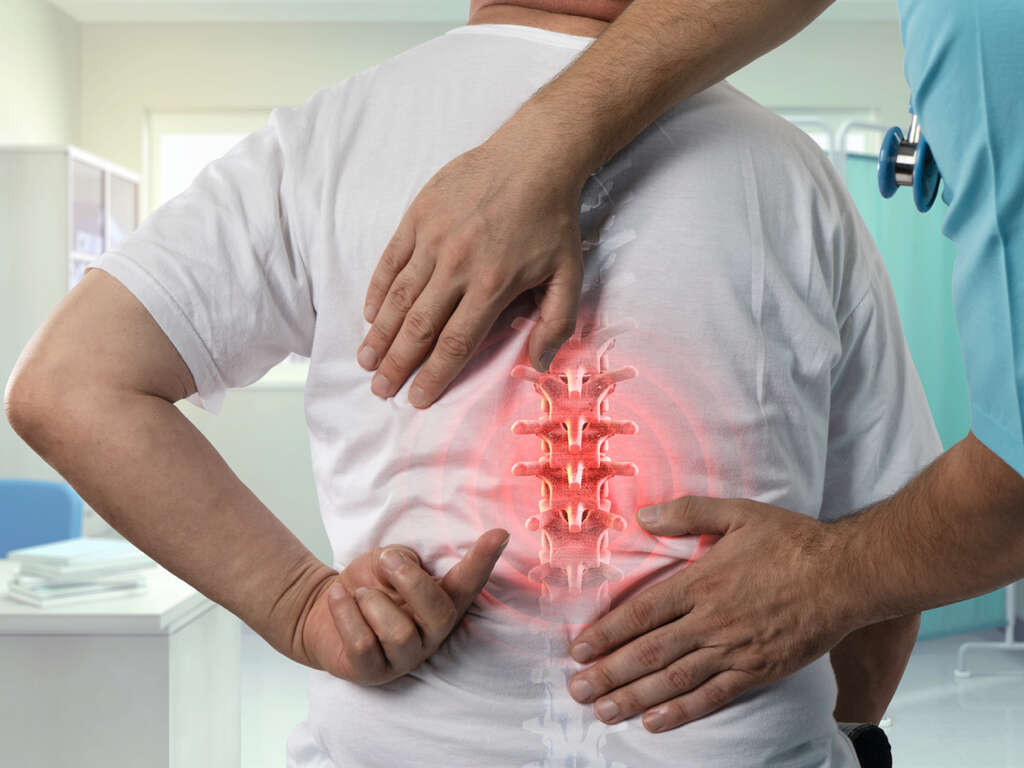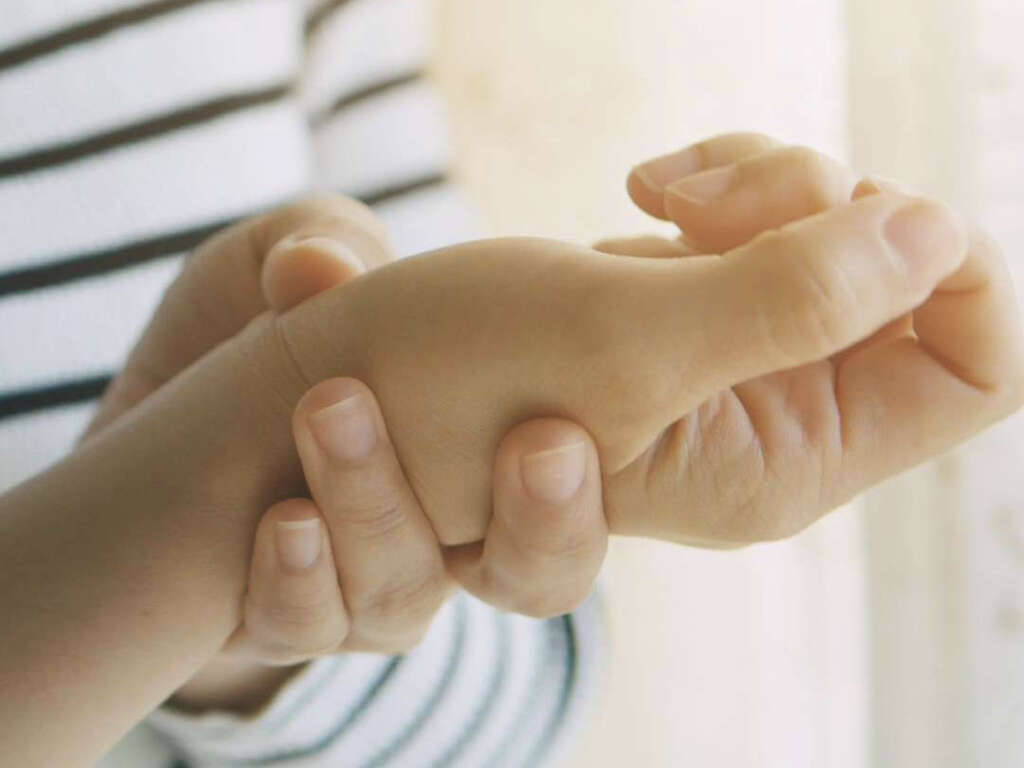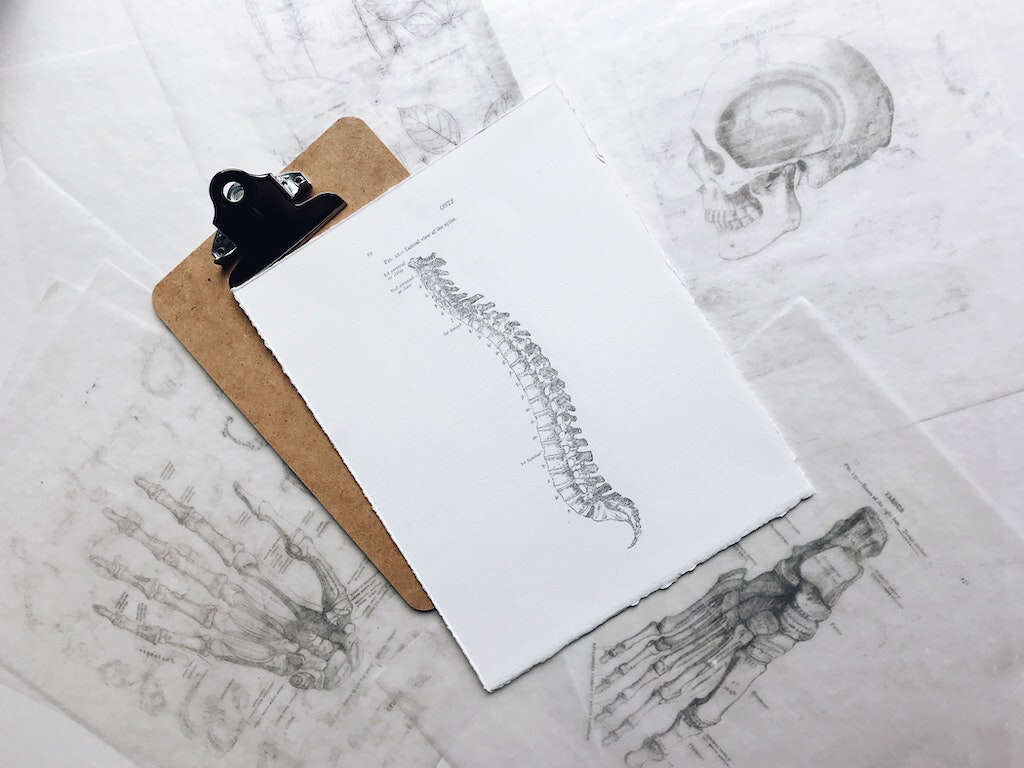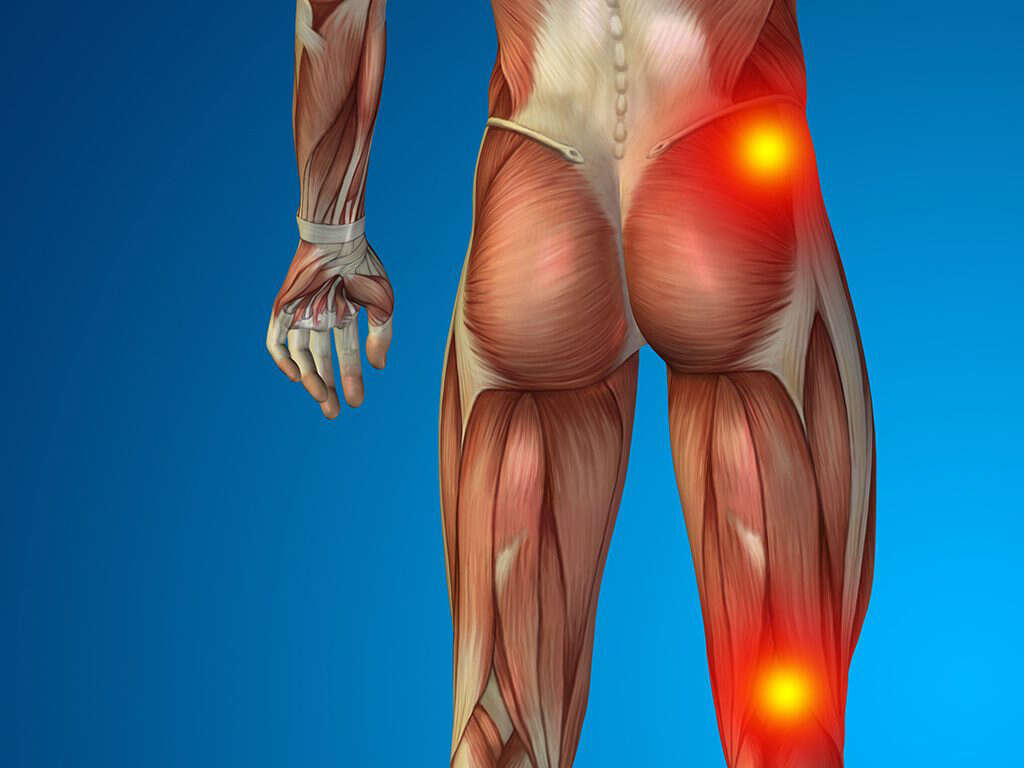10 Causes of Sciatica
The sciatic nerve travels from the low part of the back along the leg to the toes through the buttocks. It is the longest nerve in the human body. This nerve is made up of five nerve roots, two of them exiting from the lower part of the spine and three of them exiting from the sacrum.
Sciatica is used to describe any pain or discomfort that affects one or both legs. The pain associated with sciatica can vary from one person to the other. It can be mild to moderate and in severe cases of sciatica it can also lead to walking problems, difficulties sitting, and bending over.
There are two types of sciatica: neurogenic sciatica or referred sciatica. Risk factors include poor body posture, leading a sedentary life, suffering from diabetes, spending too many hours in a sitting position, and lifting heavy things. Besides a sharp or shooting pain that is felt in the affected leg and rarely on both legs at the same time, foot numbness, inability to walk, and other symptoms can develop. Continue reading about the 10 most common causes of sciatica.
Cause #1: Disc Herniation
Disc herniation is the most common cause of sciatica. It can affect anyone at any age. Normally, the intervertebral discs are constructed by cartilage (end plate), collagen fibers (annulus fibrosus) located on the outer side, and a softer part inside, which is otherwise known as nucleus pulposus.
In cases of a disc herniation, the soft part of the intervertebral disc will shift and protrude towards the edge of the disc. This can cause considerable damage and pain. Poor posture, a car accident, spine trauma, and a sudden increase in pressure through the disc can lead to disc herniation and sciatica.
Cause #2: Sacroiliac Joint Dysfunction
A common cause of sciatica is sacroiliac joint dysfunction. Any dysfunction of this joint can lead to sciatica and pain in one or both legs. It is more common among young or middle-aged women.
This joint is located between the sacrum and the pelvis. Too much movement or too little movement of this joint usually causes sacroiliac joint dysfunction. However, an inflammation of the sacroiliac joint is also associated with pelvic pain and sciatica.
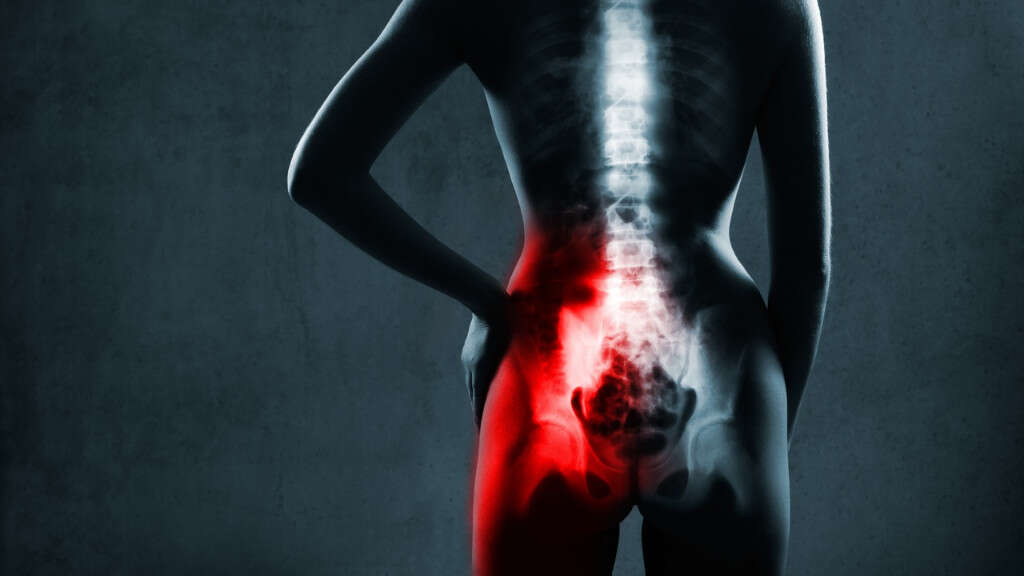
Cause #3: Spinal Stenosis
Spinal stenosis is a medical condition characterized by a narrowing of the spinal canal, which is the canal where the spinal cord passes through and travels down inside of the spine.
Degenerative disc diseases, trauma and damage to the intervertebral spaces, tumors growing inside the spinal canal, cysts growing inside the spinal canal, and any trauma to the spine can lead to a narrowing of the spinal canal and, as a consequence, to nerve root compression and sciatica.
Cause #4: Piriformis Syndrome
One of the possible causes of sciatica is piriformis syndrome.
As the sciatic nerve runs below the piriformis muscle, and sometimes even through the piriformis muscle, nerve compression due to muscle tightness or muscle spasms can lead to sciatic pain. However, piriformis syndrome rarely leads to sciatica alone.

Cause #5: Spondylolisthesis
Spondylolisthesis is a medical condition characterized by the slipping of a vertebra forward over the vertebrae found below. In these cases, the intervertebral space will be narrowed, but the normal disc height will be lost as well. This, of course, will lead to compression of the nerve roots in the affected part of the spine, leading to sciatica.
The most common causes of spondylolisthesis include any previous trauma to the spine, degeneration of the spine due to various degenerative diseases like arthritis or ankylosing spondylitis, infections, cancer, and previous surgical procedures in the affected area of the spine.
Cause #6: Ankylosing Spondylitis
Ankylosing spondylitis is one of the many causes of sciatica. It is an uncommon type of arthritis that can affect the vertebral column and the pelvis. The bones of the spine tend to fuse together leading to having a rigid spine.
Changes to the normal anatomy of the spine can be mild, moderate, or severe. Often, these changes lead to having a stooped-over posture. Due to chronic inflammation in the spine itself and around it, sciatica symptoms develop.

Cause #7: Muscle Strain
Muscle strains are quite common affecting people of all ages and of both genders. In cases of severe muscle strain, irritation and inflammation of the nerve roots are also possible.
However, this is a very rare cause of sciatica. In most cases, muscle tightness and muscle spasms are secondary due to sciatica. Any injury to the back will lead to muscle tightness at the injury site in order to protect itself from a further injury.
Cause #8: Abnormal Spinal Movement
Poor posture, spine trauma in the past, as well as remaining in certain positions for many hours during the day while working, for example, are all predisposition factors for back problems, including sciatica.
Any abnormal spinal movement can lead to inflammation and irritation of the joints between the vertebrae, as well as muscle spasms and muscle tightness. Sciatica often occurs subsequently.

Cause #9: Pregnancy
Pregnancy can be the best period in a woman’s life. However, these nine months are also accompanied by various health problems, even though the development of the baby is completely normal. If there was any problem with the spine before pregnancy, it may worsen during the pregnancy.
As the baby increases in size and weight, weeks after weeks, the gravity center of the pregnant women will move forward, which means that the curvature on the lower back will be increased. Often, this leads to nerve root irritation and sciatic pain. Also, the position of the baby inside the uterus can lead to sciatica.
Cause #10: Degenerative Joint Disease
In cases of a degenerative joint disease like arthritis, the spine and the intervertebral discs between the spinal vertebrae tend to get narrowed. This, of course, will eventually lead to the irritation of the nerve root and sciatica pain. The pain can be felt in just one leg as well as in both legs.
Also, in cases of severe disc damage, the inflammation proteins can irritate the nerve root, leading to sciatic pain as well.



